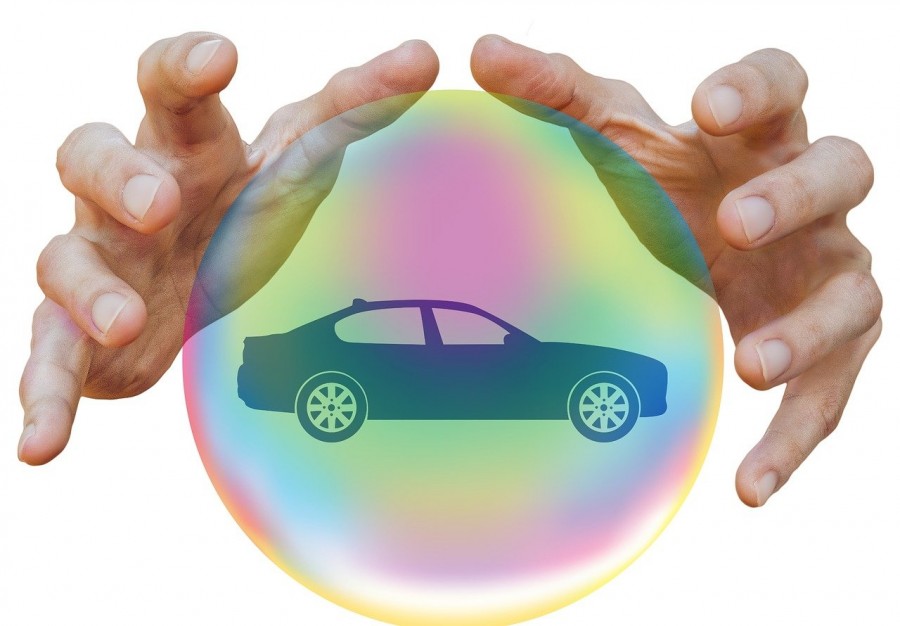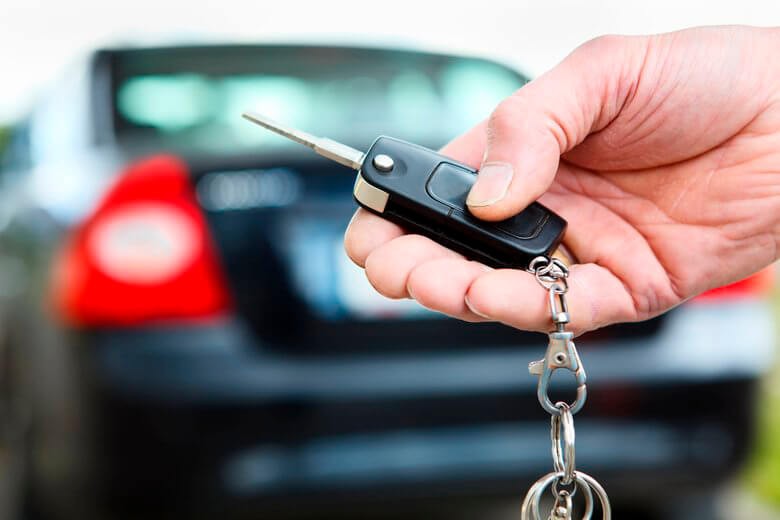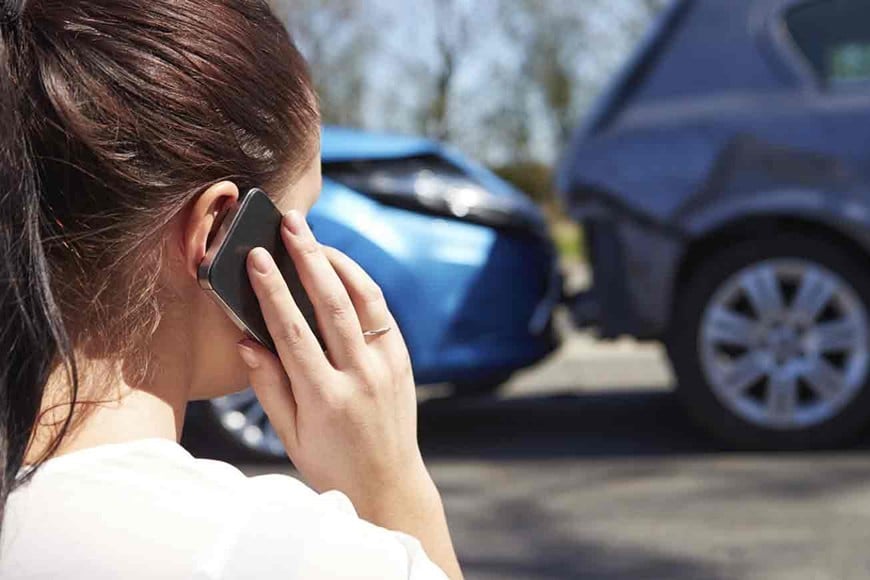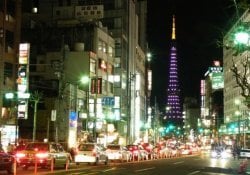In Japan, car insurance is taken very seriously! Various services are offered by the insurer, but there is mandatory insurance. And if the person refuses to take out this insurance, it is taxed as a crime. Everyone who owns a vehicle has to pay auto damage liability and indemnity insurance (Jidousha Songai Baishou Sekinin Hoken or Jibaiseki).
Insurers offer several options from the mandatory to the most complete. There are insurances that cover only physical damage, others only material and still others physical and material. Let's take a closer look at why the Japanese value car insurance so much.
Car insurance serves precisely to mitigate damage in case of unforeseen. Insurance payment is made when you have to renew the license (shaken). But it is only used in cases of injury (or death) caused to third parties and does not cover property damage. Car insurance is divided into 4 types: physical damage and third party insurance, material damage and third party insurance, physical damage insurance and insurance to cover the car itself.

Índice de Conteúdo
Mandatory car insurance (Jibaiseki hoken)
In Japan you have mandatory car insurance. Mandatory insurance (Jibaiseki hokenserve) serves to support the vehicle owner in the event of an accident. Every person who has a car must take out this insurance as it is mandatory by law. This insurance provides assistance for personal injury (and sometimes does not cover all expenses), it does not cover material damage. This applies to third-party physical damage.
The amount of mandatory insurance is 30,800 yen for passenger vehicles and must be paid every 2 years. The insurance payment record must be along with the car documents, otherwise the driver is fined 300,000 yen. And if the person has not even taken out the insurance, they will be punished by a year in prison, with community work and a fine of 500,000 yen.
The indemnity paid by compulsory insurance is on average 1.2 million yen, this value applies in the case of injuries, if the person is days out of work because of the accident. In case of death, there are 30 million and for serious sequels, 40 million.

Optional vehicle insurance (Nin'i hoken)
If the owner of the vehicle wants to take out insurance to cover material damage as well, he must pay another insurance to complement the mandatory one. Remembering that mandatory insurance is still not enough, but doing so is optional. There is the Nin'i Hoken, which only covers material and physical damage from third parties, that is, it does not include the damages themselves. Insurers offer various coverage plans, up to unlimited amounts.
For third-party property damage insurance, the average value is 10 million yen, the value only changes for luxury cars. A good option is to add an option, the Taibutsu Tyoka Tokuyaku, used when the other person's car is already very old and not worth the value of the repair, but the person still wants to fix it.
More complete car insurance (Sharyou Hoken)
The Sharyou Hoken covers both third-party damages and the loss itself. Some plans provide coverage for theft and natural disasters. It pays a lot to pay extra for extra insurance as Jibaiseki is very limited.
Other types are Taijin Baishou Hoken (third-party insurance), Taibutsu Baishou Hoken (material damage insurance), Jison Jiko Hoken (self-damage insurance), Mu-Hokensha Shougai Hoken (third-party car insurance that is not insured) and Tojo-sha Hoken (passenger insurance).
Indemnity
In order to receive compensation, several factors are taken into consideration. In the event of death, the calculation is based on the wages that the victim would receive if work until old age, in Japan the average age is 70 years. This calculation also includes retirement. As the value is very high, if the person does not have the optional insurance, they will have to work for a long time just to pay the indemnity.
The article is still halfway through, but we recommend also reading:
Licensing and inspections (Shaken)
According to the Toyokawa City portal, in Japan, both licensing and inspection are mandatory. For new cars after the 3 year period, it must go through the procedure. Afterwards, it should be done every 2 years. Also before the expiry of the licensing term and after the new licensing.
The renewal of the validity of the license and inspection of automobiles can be carried out from 1 month before the expiration date. If the conductor does not perform the Shaken process, he can be imprisoned for 6 months. Or, pay a fine of around 300,000 yen. Also, the wallet will take 6 points because of the infraction. And the work card will also be suspended.
If the vehicle is transferred or sold, the procedures for legalization must be passed to the car owner. In case of theft of a common car, a notification must be made to the Police. Then the owner of the car must go to the Higashi Mikawa Kenzei Jimusho, and take the document “Tonan Higai Todoke Juri Shomeisho” (theft report certificate) issued by the Police and the personal stamp (Inkan).








